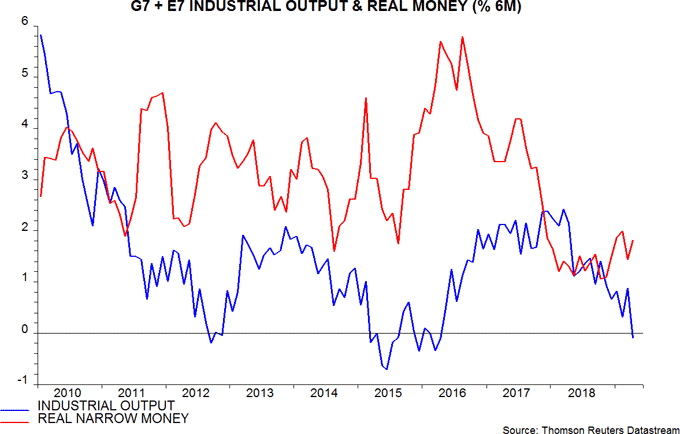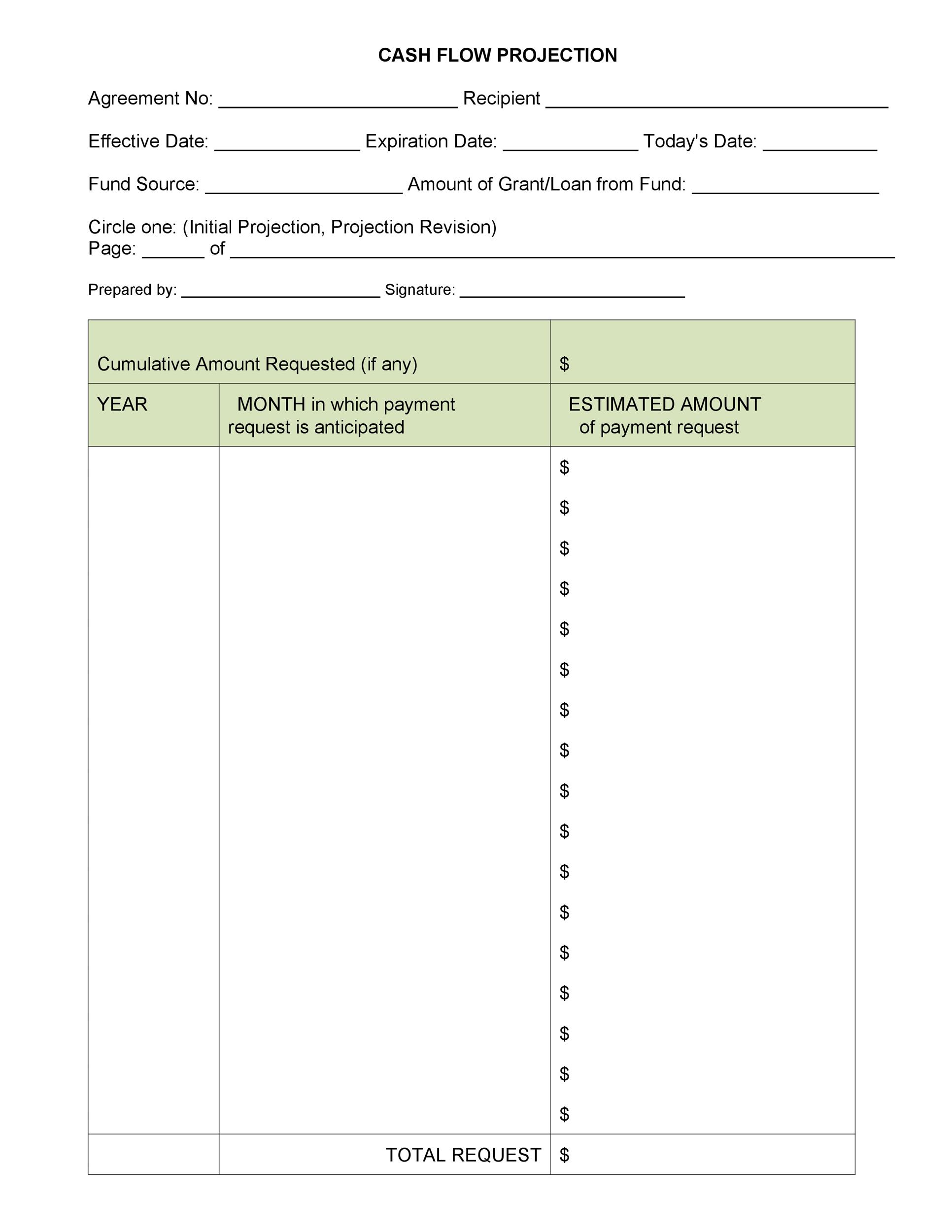Contents:


The slope is responsible for connecting multiple points together over a line. The rate of change is easy to calculate if you know the coordinate points. Notice that for part , we used the slope formula to find the average rate of change over the interval. In contrast, for part , we used the power rule to find the derivative and substituted the desired x-value into the derivative to find the instantaneous rate of change.
Calculating the average rate of change is a crucial financial concept because this permits the investors to identify security momentum and different trends. For instance, security with high momentum, or one that incorporates a positive Rate of Change, usually outperforms the market in the short term. Conversely, security that includes a rate of change that falls below its moving average or incorporates a low or negative rate of change will probably lessen the value. On the graphs in Figures 1.3.8 and 1.3.9, plot the line segments whose respective slopes are the average rates of change you computed in and . The slope is considered as the average rate of change of a point where the average is taken and is reduced to zero. The slope is the rise over the run which is defined as the average rate of change in y coordinates over the change in x coordinates.
- Be sure to keep track of the units in both the numerator and denominator.
- The rate of change tells us how something changes over time.
- And the formulas are needed to calculate the steepness of a straight line.
- Give an example of a function that has the same average rate of change no matter what interval you choose.
- The average rate of change tells us at what rate \(y\) increases in an interval.
Your sentence might look something like “On the interval \(\ldots\text\) the temperature of the soda is \(\ldots\) on average by \(\ldots\) for each \(1\)-unit increase in \(\ldots\)”. The average rate of change is an average measure of change in a function over an interval. It’s the total change of the output of the function divided by the change in the function’s input.
Average Rate Of Change Formula Made Simple
The average rate of change is finding the rate something changes over a period of time. We can look at average rate of change as finding the slope of a series of points. The slope is found by finding the difference in one variable divided by the difference in another variable. The slope formula is used to find the average rate of change. When a function has a negative slope, it means the average rate of change is decreasing.
The y-values are the dependent variables, and the x-values are the independent variables. If the slope is positive, this is an increasing rate of change. If the slope is negative, this is a decreasing rate of change. We can observe that the Average Rate of Change function is a lot like the formula for finding the slope of a line. When two distinct points are taken on a curve, and , the slope of the line joining the points will be the average rate of change from i1 to i2. Hence, it is derived from the slope of a straight line joining the interval’s endpoints on the function graph.
- Sketch at least two different possible graphs that satisfy the criteria for the function stated in each part.
- Initially, we will focus on the average rate of change of an object moving along a straight-line path.
- The marginal profit is the derivative of the profit function, which is based on the cost function and the revenue function.
- The instantaneous rate of change calculates the slope of the tangent line using derivatives.
To not lose any points in this last step, make sure to note the units that your answer is in! In this case, we wanted to know how much the price of a single lollipop increased over 10 years on average. An interval is a defined range of numbers and what falls in between them. So, if I told you to find the average rate of change between the interval of 2 to 97, you could picture what’s below on a number line or graph. Now, let’s take that and combine it with what a function is.
And visually, all we are doing is calculating the slope of the secant line passing between two points. The rate of change of position is velocity, and the rate of change of velocity is acceleration. Because \(v Because \(v0\), velocity and acceleration are acting in opposite directions. In other words, the particle is being accelerated in the direction opposite the direction in which it is traveling, causing \(|v|\) to decrease. Let \(s\) be a function giving the position of an object at time t.
We can use a current population, together with a growth rate, to estimate the size of a population in the future. The population growth rate is the rate of change of a population and consequently can be represented by the derivative of the size of the population. In this section we look at some applications of the derivative by focusing on the interpretation of the derivative as the rate of change of a function. These applications include acceleration and velocity in physics, population growth rates in biology, and marginal functions in economics. As we see here, slope is another version of finding the average rate of change. Average rate of change is finding the difference between the dependent variable (y-term) divided by the difference in the independent variable (x-term).
Average Vs Instantaneous Rate Of Change
The average rate of change of the function between given points is -2⁄7. This gives us the average rate of change between the points and . See the image below for a visual of average rate of change between two points on a function. Calculus offers one way to justify that a function is always increasing or always decreasing on an interval. On the graph of \(s\text\) sketch the three lines whose slope corresponds to the values of \(AV_\text\) \(AV_\text\) and \(AV_\) that you computed in . Since the years , were on the x-axis of our graph we’ll put them on the bottom end of our equation.

With an ROC model, this is also easy to https://1investing.in/ the growth rate of the population or salary revised rate, etc. With a careful application of ROC mode, you would get to know how applicable it can be to compute the tough problems. With Rate of Change Formula, you can calculate the slope of a line especially when coordinate points are given. The slope of the equation has another name too i.e. rate of change of equation. The population growth rate and the present population can be used to predict the size of a future population.
What is the Formula to Find the Rate of Change of a Linear Function?
Joey’s parents are keeping track of Joey’s height as they watch him grow. They notice that he had several growth spurts throughout his first 16 years. The resulting value is the average rate of change of the function.
Slope and average rate of change is exactly the same thing. Be sure to keep track of the units in both the numerator and denominator. The average rate of change is the rate of speed upon which a variable quantity changes with respect to the variation in another quantity in a defined time. The Average Rate of Change is mainly used when talking about momentum. It may usually be expressed as a quantitative relation between a change occurring in one variable quantity to a corresponding change occurring in another variable.
You know you will be traveling through many different areas where the speed limit changes. You will be going 70 mph on one section, then 35 mph on another section. We can find the average speed over the course of the trip by using the slope formula. Learn how to find the average rate of change over an interval. Let us have a look at a few solved examples to understand the rate of change formula better. In this way, you can compute the average rate of change in excel.
Give an example of a function that has the same average rate of change no matter what interval you choose. You can provide your example through a table, a graph, or a formula; regardless of your choice, write a sentence to explain. Find the average rate of change by entering a function f and an interval in the calculator below. Where \(\fracyx\) is the instantaneous rate of change of \(y\) with respect to \(x\). It is also called the derivative of \(y\) with respect to \(x\). Calculate the marginal revenue for a given revenue function.
Dow closes higher Monday to notch four-day win streak: Live updates – CNBC
Dow closes higher Monday to notch four-day win streak: Live updates.
Posted: Mon, 06 Mar 2023 08:00:00 GMT [source]
In graphical terms, the average rate of change is expressed by the slope of a line. The Greek letter delta often denotes the Average Rate of Change. The average rate of change describes the average rate at which one quantity is changing with respect to another.
Average Rate of Change Definition
Find the instantaneous rate of change of the volume of the red cube as a function of time. The average rate of change tells us at what rate \(y\) increases in an interval. This just tells us the average and no information in-between.

Predict the future average rate of change formula from the present value and the population growth rate. The average rate of change formula is the same as the formula for slope. The following formulas find the slope, or average rate of change, between the points and . This indicates the speed went down or decreased 15 miles per hour because of the negative sign. Notice the slope on the graph is going ‘downhill’ on this section, which is a decreasing slope and our mph is negative.
The following notation is commonly used with particle motion. Because “slope” helps us to understand real-life situations like linear motion and physics. As a member, you’ll also get unlimited access to over 88,000 lessons in math, English, science, history, and more. Plus, get practice tests, quizzes, and personalized coaching to help you succeed. If you recall, the slope of a line is found by finding the change in y divided by the change in x.
The rate of change function is defined as the rate at which one quantity is changing with respect to another quantity. Let us learn about the rate of change formula with a few examples in the end. If we know the x and y coordinates of the two interval endpoints, we simply use the slope formula to calculate the average rate of change. Using the slope formula saves us time versus using the average rate of change formula. If the value of one coordinate increases significantly but the value of the other coordinate is the same then the rate of change is constant here means it always is the same.

